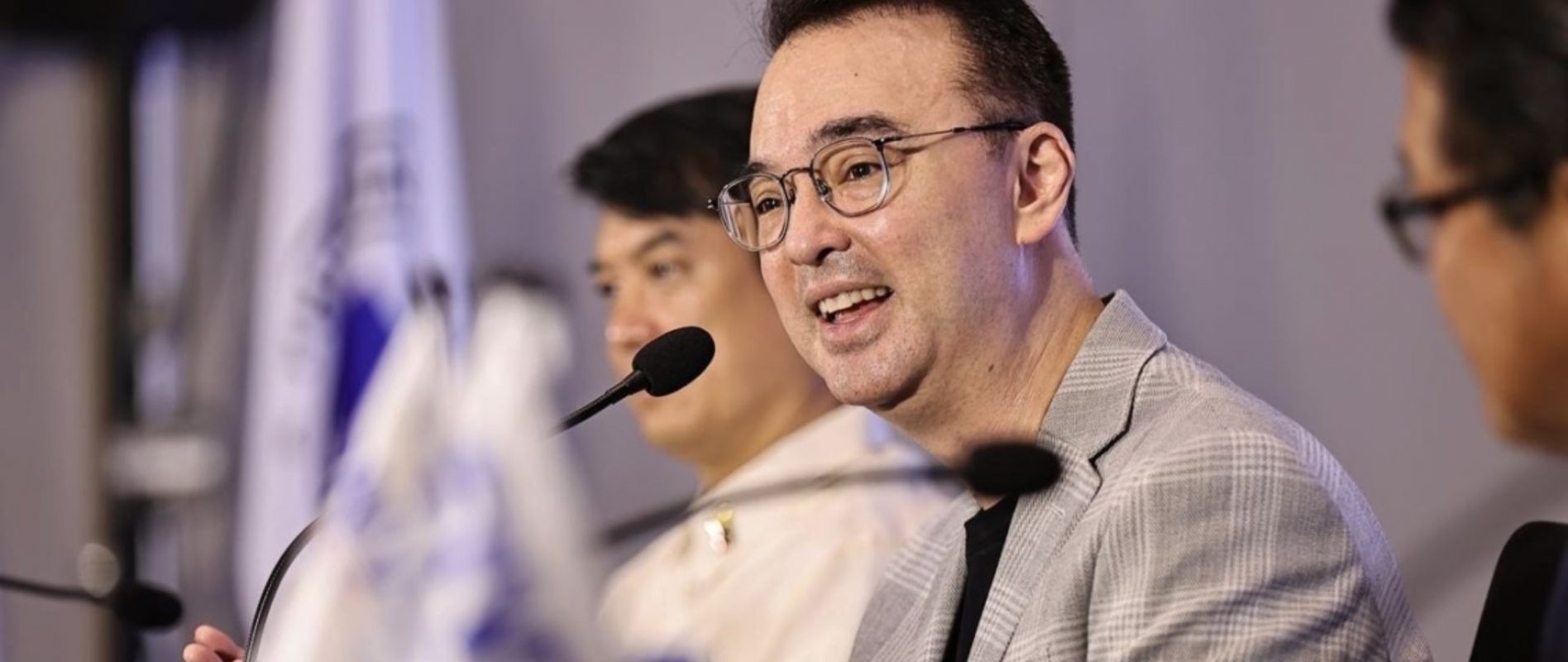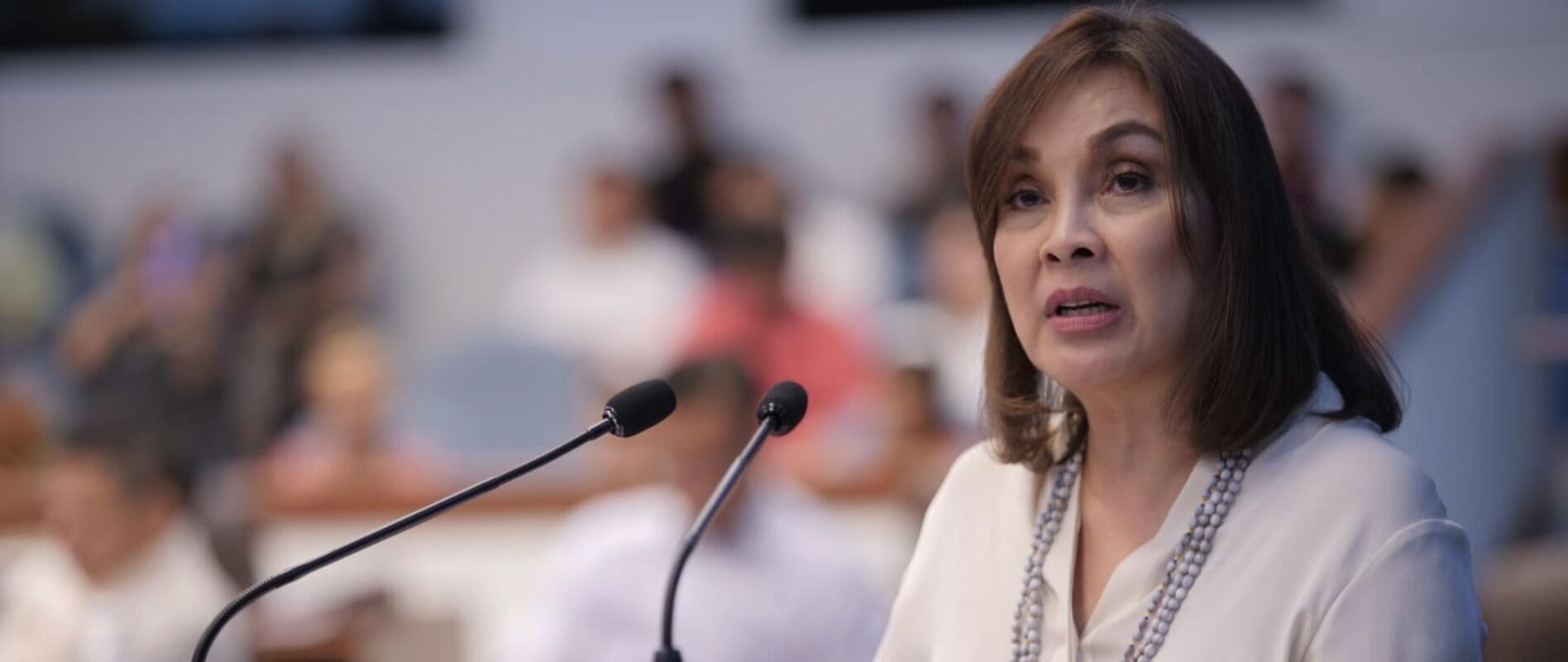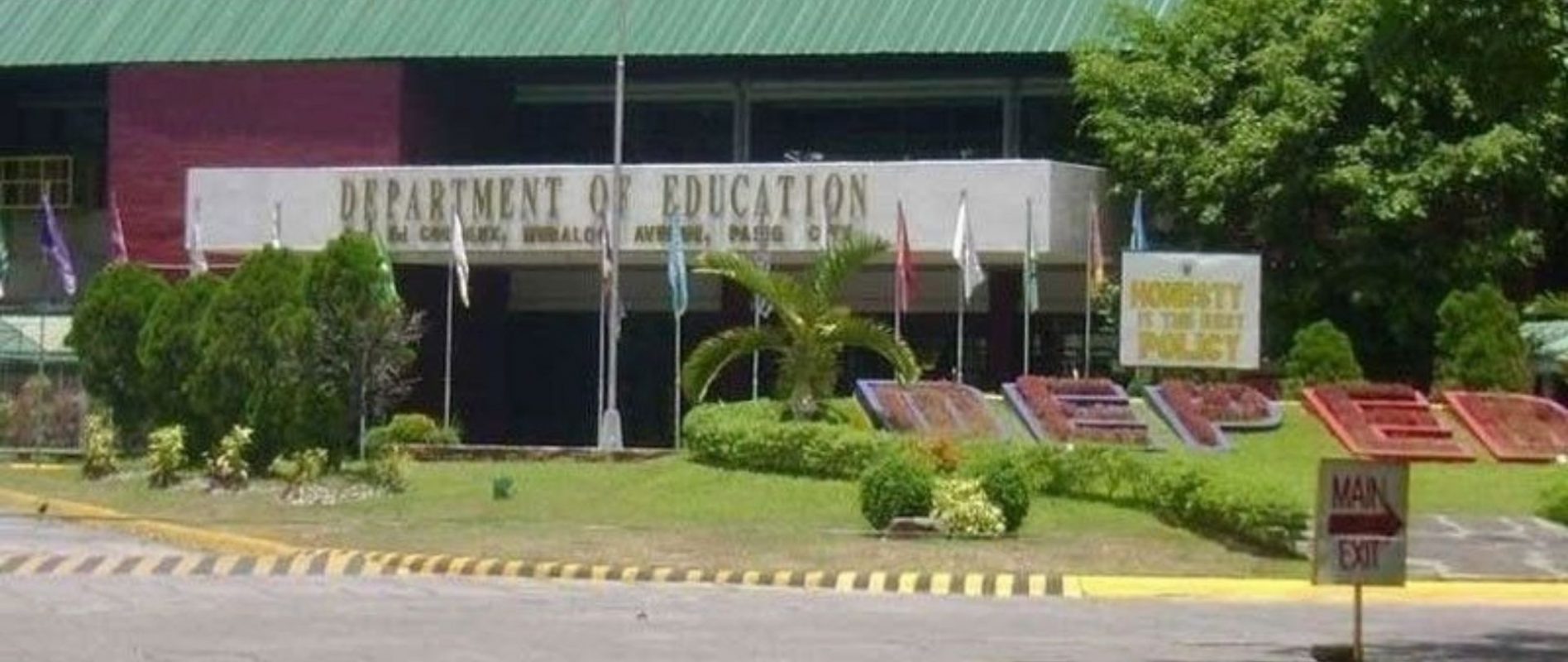LAWMAKER BATS FOR RADICAL CHANGE IN BASIC EDUCATION
SENATOR Alan Peter Cayetano is calling on the 20th Congress to pursue radical reforms in basic education—including overhauling the K to 12 curriculum—through the 2026 education budget to address long-standing issues plaguing the system.
“I think the task of this 20th Congress is really the radical change that is needed in the education sector… I say all of this with passion because I saw it before my eyes—kung ano ’yung successful at ano ang mga dumudurog sa ating sistema. The solution is there but we have to be radical,” Cayetano said.
Cayetano, who chairs the Senate Committee on Higher, Technical, and Vocational Education and co-chairs the Second Congressional Commission on Education (EDCOM II), made the remarks in response to Senator Bam Aquino’s privilege speech.
He pointed to the 165,000-classroom shortage as an issue that can be addressed through bold budgetary moves.
“The 165,000 classroom shortage was mentioned by EDCOM… The Department of Public Works and Highways’ budget is P1 trillion. Do you want to end the lack of classrooms in a year? If a classroom costs P1 million, that’s only P165 billion—just a portion of the DPWH budget,” Cayetano explained.
He also criticized the unfulfilled promises of K to 12, such as specialized tracks for high school students and the shift of General Education (GE) subjects from college to high school to shorten college to three years.
“The promise in K to 12 was that even in first year high school, junior high school, there would be specialized tracks… Another promise was to move GE subjects to high school so colleges could be completed in three years,” he said.
Cayetano has consistently opposed K to 12, being one of the few senators who voted against it in 2013. In 2022, he reiterated his stance, saying: “We have to either suspend K to 12 for five to 10 years until we have enough resources, or fund it properly as it was envisioned.”
He stressed that the root of the education crisis lies in basic education, citing inadequate learning time, lack of facilities, and teacher shortages.
“In Metro Manila and other highly urbanized areas, job matching is still far off. Why? There are no more classrooms or teachers. Most students don’t have tablets, computer labs, or other basic tools. We added two more years under K to 12, yet students still only attend half-day classes. What’s the point, right? The problem is much, much more basic,” he said.














